Finishing is the final procedure carried out on a product and is done to increase its durability, functionality, and appearance. There are various techniques used to accomplish this and the method may vary depending on the material and expect surface finish.
What is Brass Finishing?
This is a process carried out on brass using various techniques to enhance its properties. Treatments are done to increase its resistance to corrosion and its visual appearance. You can also enhance some functional features by using various mediums.
Types of Brass Finishing for Custom Parts
Electroplating Brass
This process involves coating the surface of the brass product using chemical solutions together with electrical currents.
This process involves the following steps
- The first step is thoroughly cleaning and preparing the surface. You should take out any traces of grease, dirt, rust, oil, and any present plating.
- You should mechanically polish and bluff and remove any imperfections or fine scratches before initiating the procedure
- The main process of electroplating immersing the product into a cyanide alkaline solution. This solution consists of complex zinc cyanide, complex copper cyanide, and free cyanide. The use of cyanide is dangerous because the substance is highly toxic.
Advantages
- This finishing process typically enhances the material’s resistance to corrosion while elevating its uniformity and durability
- Usually, the coated material has an additional barrier which increases its shelf life and service life by reducing wear and tear.
- This finishing process also serves to enhance the overall appearance of the object and can therefore be used for aesthetic purposes
- The procedure increases the temperature tolerance of the product which allows you to use the product in a high-temperature environment.
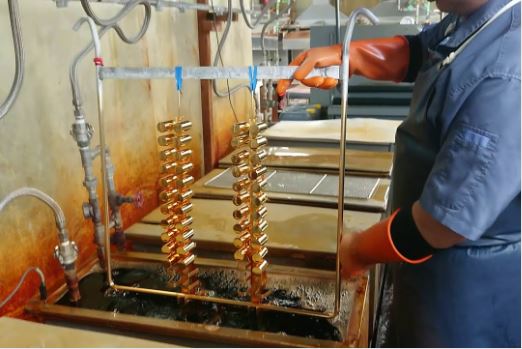
Disadvantages
- The use of toxic substances for this process poses an environmental concern when it comes to the disposal of the solution. The materials also pose a health hazard
- This procedure utilizes specialized equipment that is expensive to procure and is time-consuming.
- The procedure has no lasting effects when it comes to thin layers as they have limited adhesion.
Applications
- Hardware industry
- Automotive
- Interior design
- Architectural design
- Bathrooms
- Artwork and decoration
- Furniture
- Lighting Fixtures
Antique Brass Surface Finish
This process is used to design an aged appearance or a warm look on objects designed using brass. This process involves the following steps
- The first step in this process is to ensure that you properly clean and remove any debris from the object
- After that, you submerge your object in a caustic bath to disintegrate the zinc that is found on the surface
- This object is a solution made of arsenic and sulfur that is used to oxidize the surface which results in dark undertones.
- The last step is to apply lacquer which protects the object from corrosion.
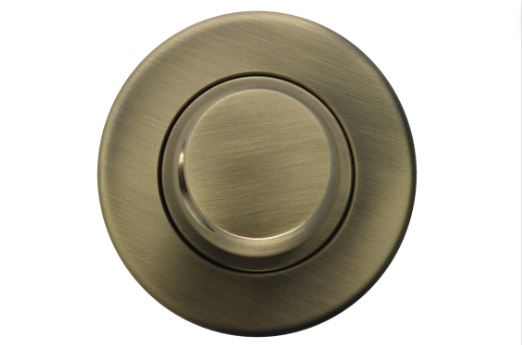
Advantages
- The brass offers a timeless appearance with is valued for aesthetic purposes.
- This increases the durability of the brass objects making them more robust
- The final appearance does not easily blemish and as such it makes the pieces that undergo this type of finishing easier to maintain.
- This process creates versatile pieces that can be used in various applications in different environments.
- This high-quality procedure goes a long way in extending the service life of your pieces which helps in saving costs incurred from needing to replace worn-out pieces.
Disadvantages
- This manufactured finish typically results in similar-looking products limiting the possible variations
- Although the finishing treatment enhances its resistance to corrosion, the pieces can still be affected by abrasive and harsh chemicals.
- Artificially aging the brass is a costly procedure compared to naturally aged ones and relies on the use of chemicals.
Applications
- Architectural elements
- Decorative pieces
- Home Decor
- Automotive industry
- Art and collectibles
- Jewelry
Satin Brass Surface Finishing
This surface-finishing process is used to create an opaque and smooth appearance. The process not only increases the durability of the pieces but also reduces the reflection
Usually, the procedure is conducted using brushes or abrasive belts that have different grain sizes to create a unique satin finish. The procedure helps to do away with imperfections and oxidation that are a by-effect of laser cutting. It also decreases the roughness of the piece as well as the risk of bacterial growth.
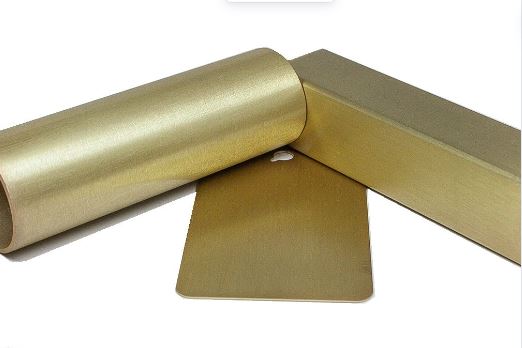
Advantages
- The satin finish has a less reflective look making your pieces appear elegant and modern
- The procedure results in a uniform consistency throughout the surface of your piece
- It enhances the durability of the piece as well as its resistance to both corrosion and tarnishing.
- Maintenance can easily be done for pieces treated with the satin finish as parts simply require a wipe-down.
- With reduced imperfections, there is a lesser risk of germs such as bacteria and dirt accumulating on the metal.
Disadvantages
- Usually, the pieces reveal fingerprints and smudges which means that parts require regular cleaning
- This type of finish is more prone to scratches that are easily visible thanks to its matte appearance
- There are limited options in terms of the colors you can select as well as the designs that can be used.
Applications
- Architectural materials
- Decorative elements
- Furniture
- Automotive industry
- Electrical components
- Industrial equipment
Brushed Brass Surface Finish
This procedure is carried out in the following steps;
- The first step is to polish the brass piece to achieve a smooth reflective surface.
- Second, you brush using different grades of brushes that give it a mate appearance
- The last step is lacquering using clear lacquer
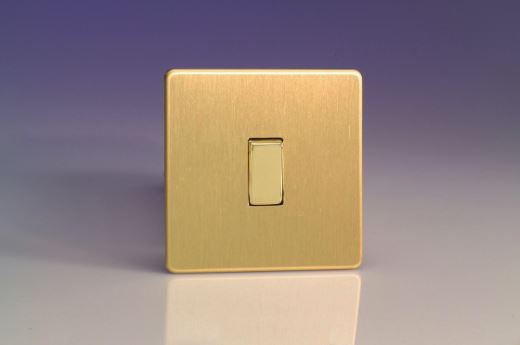
Advantages
- This finishing method results in a textured subtle appearance with distinct fine-line patterns.
- Brushed finished brass is typically more durable and lasts for longer thanks to its resistance to corrosion and tarnishing
- It is easier to maintain pieces that have undergone a brushing finish thanks to its textured finish that masks fingerprints and blemishes.
- This method also helps in reducing the build-up of germs and bacteria making it more hygienic
Disadvantages
- Prominent scratches are easily visible for parts with this type of finish
- There are a limited number of designs and colors that are available.
Application
- Electrical and electronics
- Industrial equipment
- Automotive industry
- Architectural and decorative elements
- Furniture and home decor
Powder Coating Brass
Powder coating finish on brass is carried out using the following steps;
- The first step is to extensively clean the pieces that are to be processed removing any traces of contaminates and debris.
- After that, you need to prepare the surface of the parts by applying a self-etching primer which can be substituted with pretreatment for enhanced adhesion.
- The next step is to spray the dry powder using electrostatics on the brass piece that is electrically charged. The static aids in holding the powder to the surface.
- After that, the brass part is cured using heat which melts the powder onto the surface of the component.
- Cooling follows and then the piece is inspected to ensure that the results are as desired.
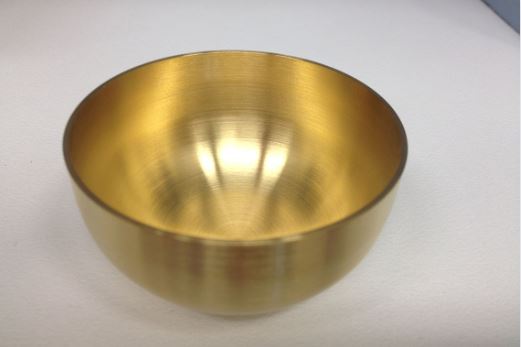
Advantages
- This type of finish enhanced the durability of the brass pieces making them robust and resistant to wear, scratching, and chipping.
- The finishing enhances the part’s resistance to corrosion which helps prolong its service life and offers protection from environmental factors
- Here, this finish accommodates a wide range of customization options allowing you to personalize it according to your preference.
- The finish is uniform and consistent and can be carried out on intricate and irregularly shaped components
- Low-volatile organic compounds are used in making this procedure environmentally friendly
- It is suitable for large-scale production as it is not only efficient but produces minimal waste.
Disadvantages
- Coat of powder adds to the thickness of the components and as such adjustments may need to be made to produce precise dimensions.
- Coating reduces the electrical conductivity of the metal and as such is not suitable for electrical applications.
- Masking without interfering with the functionality of the part can be a challenge.
- If imperfections are discovered during inspection, repairing the piece often involves redoing the entire procedure
- Preparation of the surface requires specialized equipment and compounds which increases the cost of production.
Applications
- Architectural and decorative elements
- Furniture and home decor
- Automotive industry
- Electrical and electronics
- Industrial equipment
Brass Physical Vapor Deposition (PVD)
This is a fairly straightforward procedure that involves coating the brass components with a protective thin layer of materials such as titanium alloy. This procedure does not alter the component in any way which preserves its color and appearance.
Advantages
- Coating provides an extra layer of protection against corrosion which helps prolong its shelf life
- Finishing helps strengthen it against scratching which helps in maintaining its visual and structural integrity
- It is a lot easier to clean and maintain compared to untreated components.
- This procedure protects and preserves the original appearance of the components including its original color.
- The procedure results in uniform products that have a consistent quality
Disadvantages
- This procedure requires specialized equipment which increases the cost of production.
Applications
- Decorative Applications
- Weather Instruments
- Architectural Ironmongery
- Automotive Industry
- Jewelry
- Optics
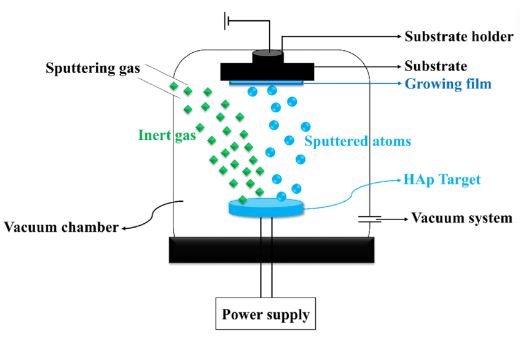
Polished Brass
Polishing of brass is carried out through the following steps.
- The first step is to thoroughly clean the components removing dirt, debris, and possible contaminants.
- After cleaning the pieces you want to finish the next step is to polish the component. This is done by sanding the piece starting from a coarse grain and slowly shifting to finer sandpaper
- The last step is to apply clear lacquer for a glossy finish.
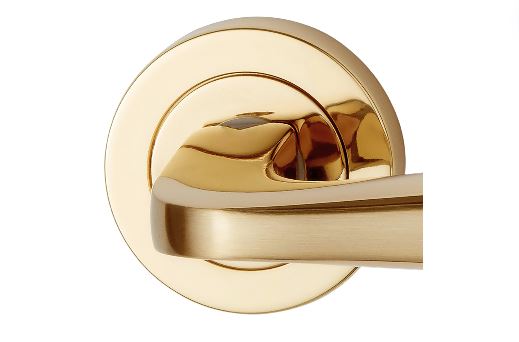
Advantages
Polished brass has a bright glossy finish which enhances its appearance and makes it applicable in different settings.
- Treatment enhances the component’s resistance to corrosion allowing you to use it for both indoor and outdoor settings.
- The resulting finish gives a reflective mirror-like appearance which is beneficial when it comes to highlighting details.
Disadvantages
- This type of finish requires frequent maintenance as it is prone to smudges and accumulates dirt quickly
- The lacquer used wears away leaving the piece vulnerable and requiring reapplication.
Applications
- Hardware Industry
- Interior Design
- Architectural Design
- Elevators and Escalators
- Doorway Panels and Accents
- Automotive
- Furniture
- Lighting Fixtures
- Bathrooms
- Artwork and Decoration
Burnishing Brass
The burnishing finish done on brass is carried out following the steps listed below;
- The first step is to smoothen the surface of the component by filling in microscopic gaps in the surface
- The part is then subjected to hardening to make it stronger.
- After which any imperfections such as dents and burrs are removed by compressing which minimizes the corrosion.
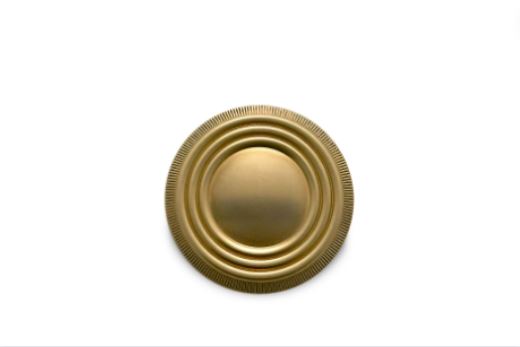
Advantages of Burnished Brass
- The resulting vintage soft appearance enhances the visual appeal of your components
- This process produces less reflective muted pieces that may be suitable for your applications
- Hardening done in this procedure increases the component’s resistance to fatigue
- The removal of imperfections on the surface helps minimize the chance of corrosion.
Disadvantages
- Its muted appearance is not visually striking and may not be suitable for all applications
- The minimal coverage on the components may allow the parts to darken over time.
Applications
- Handcrafted pieces
- Trophy brass
- Decorative purposes
Waxing Brass
Waxing of brass is carried out in the following steps;
- The first procedure is to prepare the component’s surface by cleaning and drying the piece
- After preparation, a thin coat of wax is applied to the compound using a soft rag or applicator
- Once the wax sets the piece is buffed to give it a lustrous finish.
Advantages
- Waxing helps maintain the glossy appearance of the brass keeping it from stains, fingerprints, and dust
- The additional layer helps increase the durability of the pieces by protecting them from corrosion
- The sleek layer makes it easy to clean and maintain the waxed pieces.
Disadvantages
- The finishing process needs to be periodically redone to maintain its appearance and this is time-consuming
- While the procedure slows down tarnishing, there is still a chance that it may occur with time
- The procedure cannot be done with all types of designs which limits the applications you can use it for.
Application
- Home Décor
- Hardware
- Musical Instruments
- Jewelry
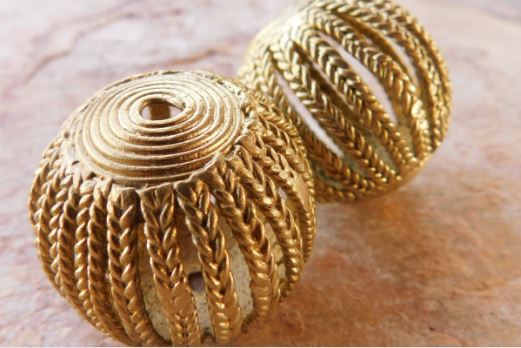
Patinated Brass
This finishing process occurs when brass is oxidized resulting in a thin oxide layer forming on the object. This process can occur naturally with time but it can be induced in the following ways;
You can opt to force a patina onto the brass component. This process begins by thoroughly cleaning the parts followed by applying a chemical solution for example brass black. The black coat is then buffed to achieve your desired results.
Another method to achieve this requires submerging the component into a solution containing ammonia and salt. This creates a black layer that develops after a few hours. Steel wool and baking soda can also be used to achieve this look.
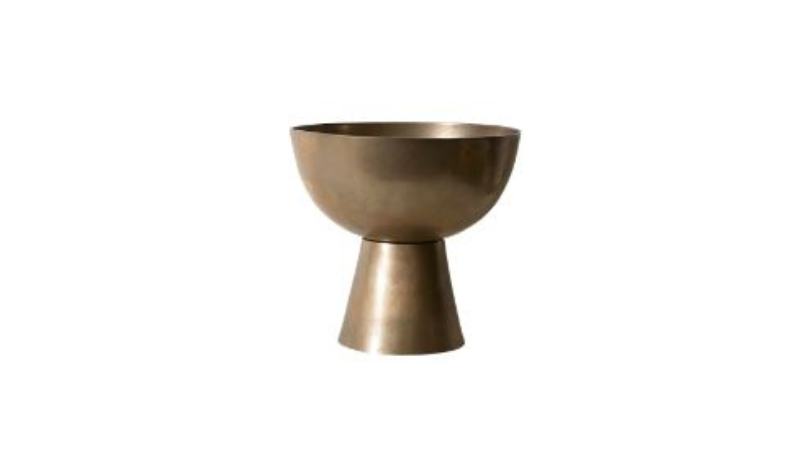
Advantages of Patinated Brass
- The dark finish adds character to the parts and enhances their visual appeal
- The oxidized layer helps to reduce the risk of corrosion which increases the shelf life of the parts
Disadvantages of Patinated Brass
- The chemicals used may damage the component if not correctly carried out
- This procedure’s results are not consistent which limits mass production
- You cannot control the process and the results are therefore unpredictable
Application
- Home décor
- Architectural elements
- Artistic applications
- Restoration projects:
Conclusion
There are different types of finishing procedures carried out for brass components. It is therefore best for you to understand the different procedures and their applications. This will help you select the most suitable finish for your part.
More Resources:
Brass – Source: Wikipedia
Brass Surface Finishes – Source: Allied Brass
Brass Finishing – Source: Piping Mart
Bras Fabrication – Source: KDMFAB




